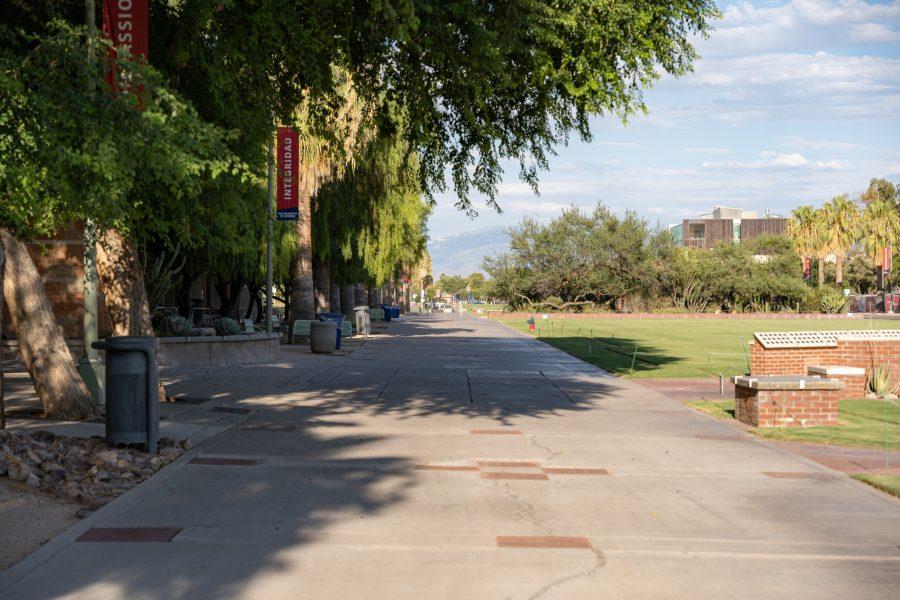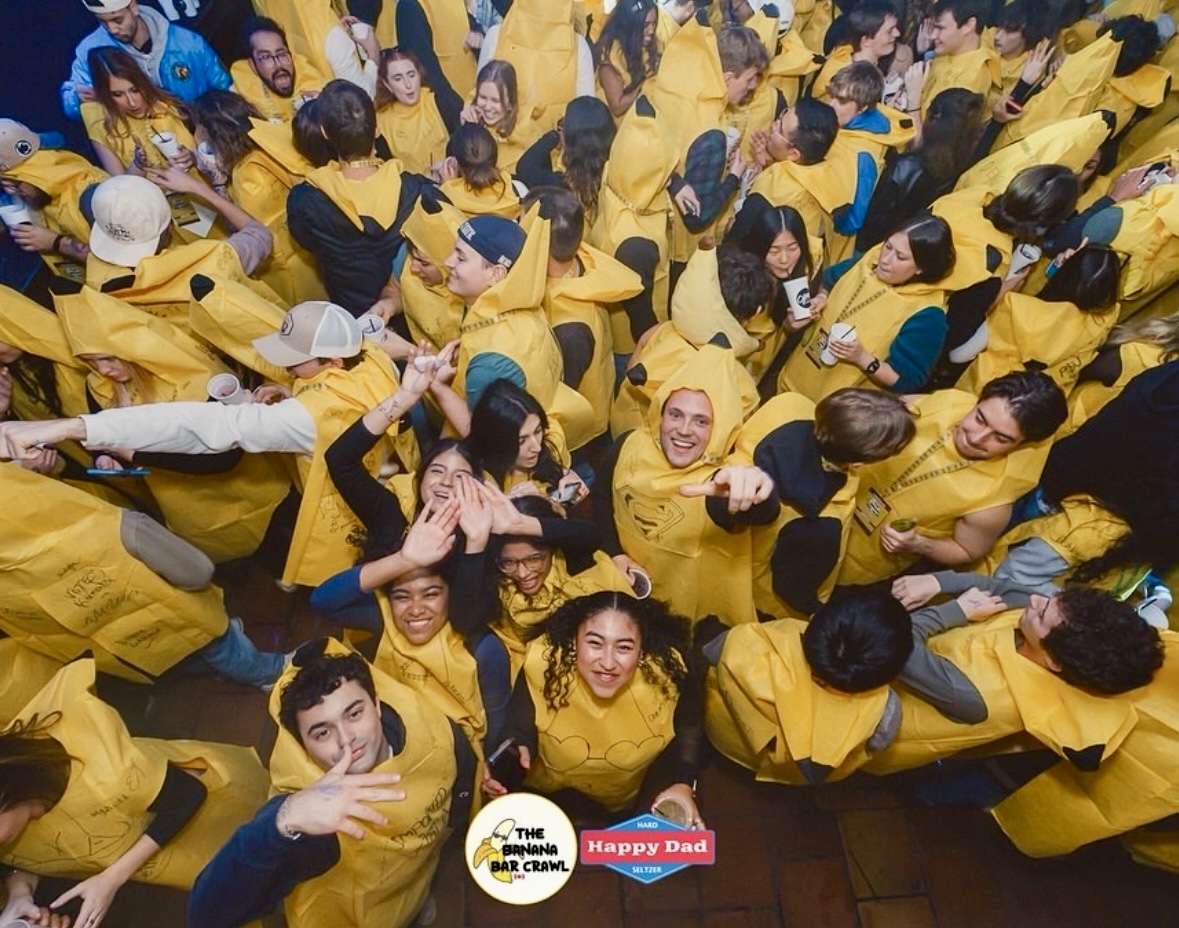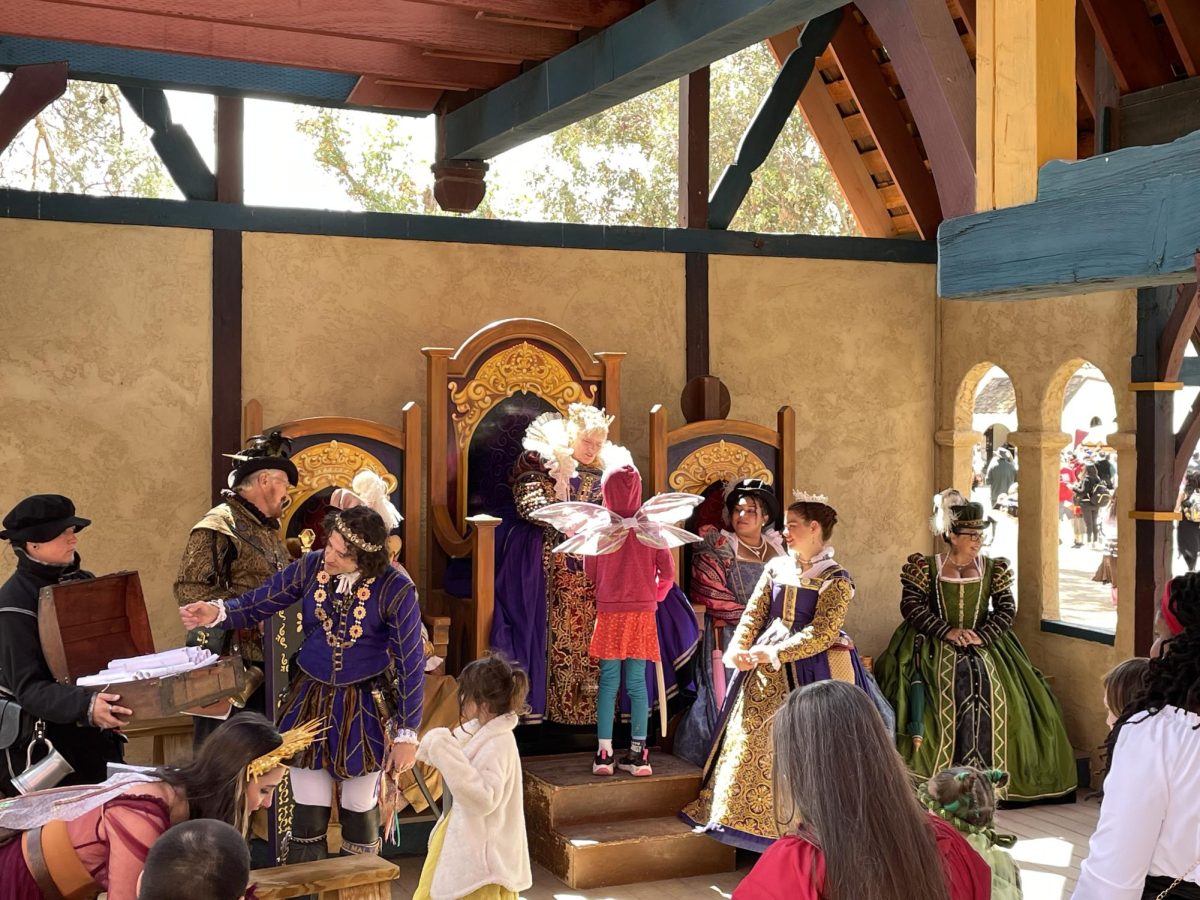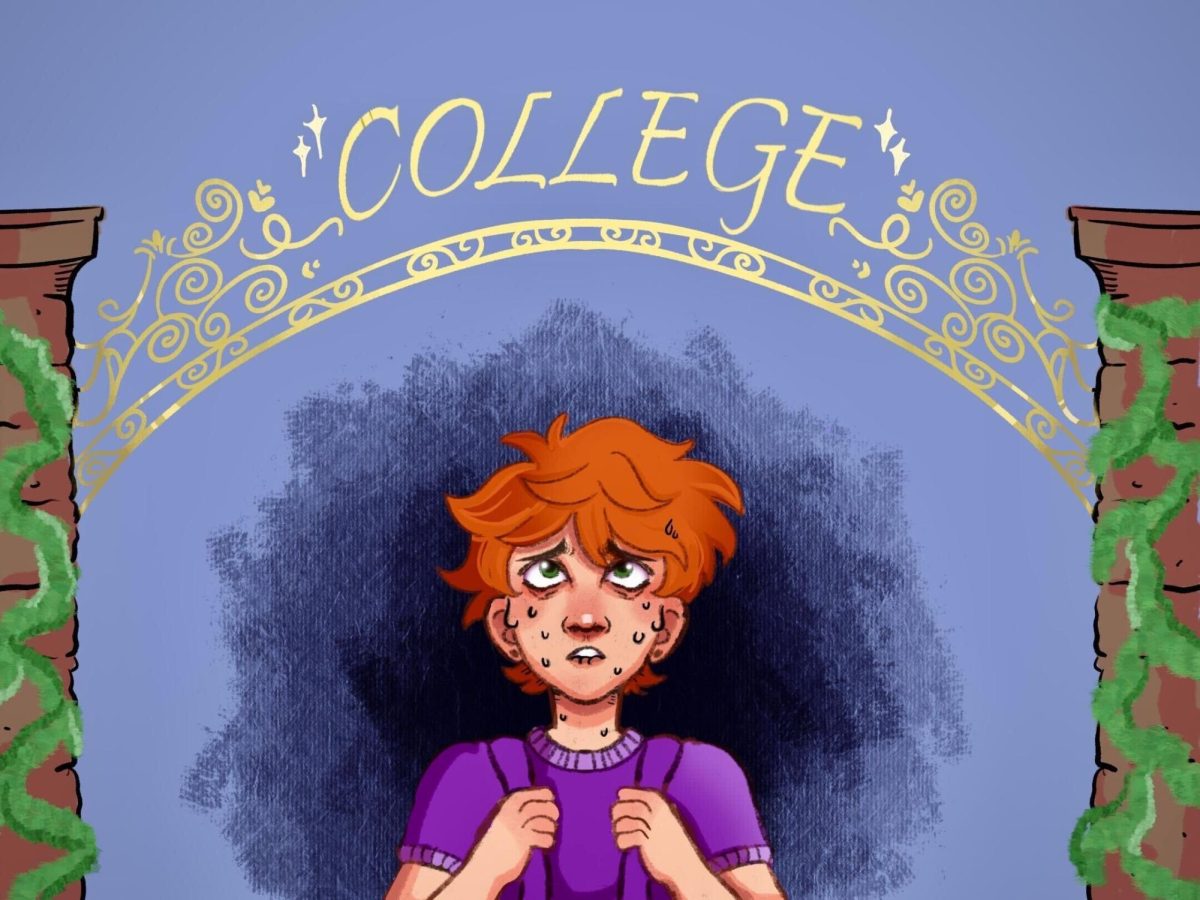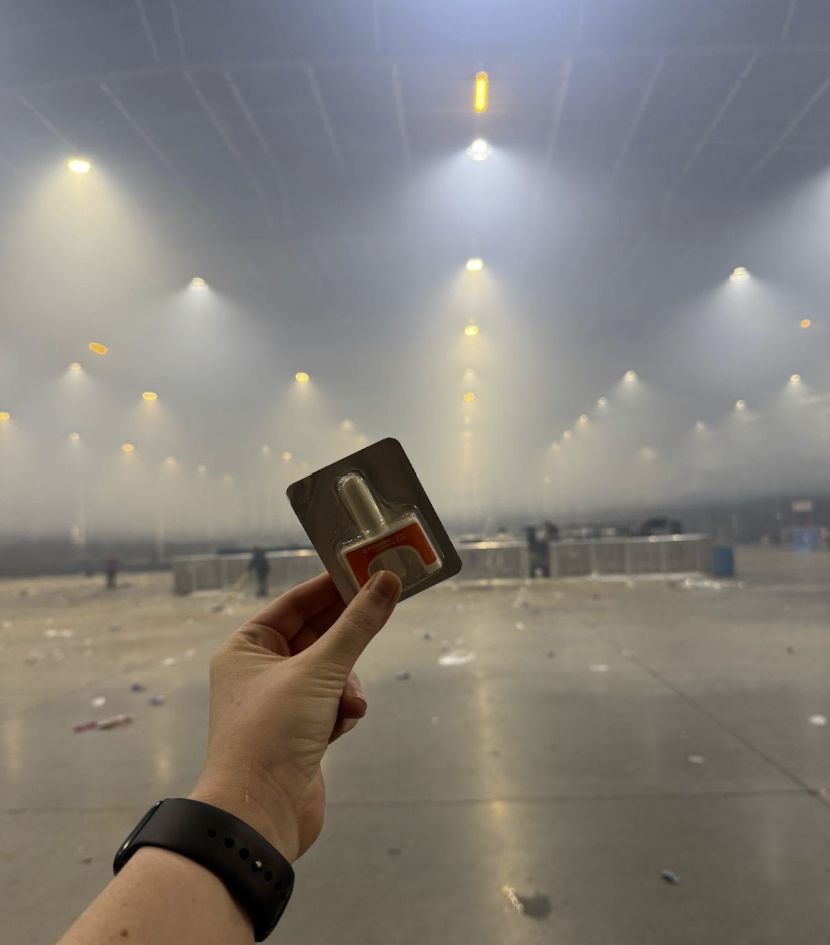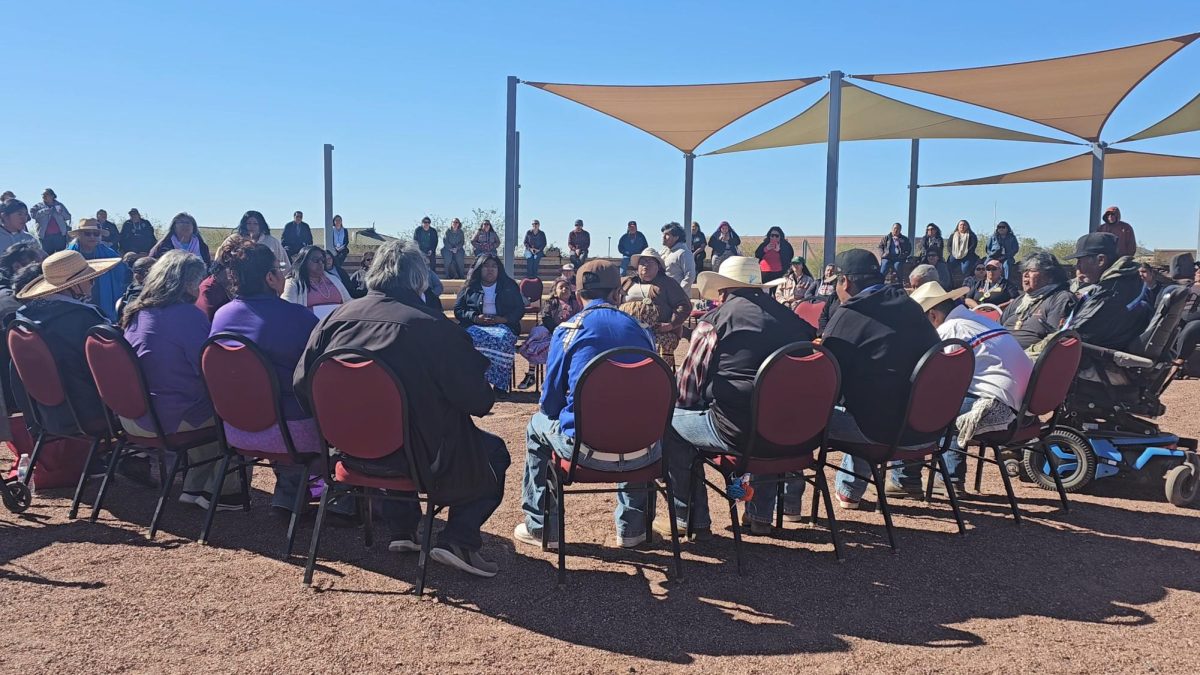The University of Arizona started a new semester full of new changes and protocols that made campus look different than many were used to.
The campus reentry plan that intended to ensure the safety and well-being of students and staff had been put to the test in a large scale way this past week. After the first week of classes there are still questions and concerns about how the rest of the semester is going to look like.
On Monday, Aug. 24, Zoom crashed leaving some classes offline. Issues like this raised the questions of what would happen if Zoom stopped working properly, how students and professors would conduct classes and more.
RELATED: Perspectives on returning to campus
Veronika Williams, a faculty member and mother of two kids, said that if Zoom stopped working, she would record her own personal videos and submit them to D2L.
“We just have to be flexible right now. We have never had to use technology as much, and sometimes it doesn’t handle it, you know a lot of use, we have for it like Zoom,” Williams said. “We also have to be flexible and think okay, this doesn’t work, what can I do instead.”
While remote teaching is the new method of learning, Beverly Seckinger, a professor at the UA School of Theatre, Film & Television, noticed that some students just feel more comfortable by taking their classes at their own places.
According to Seckinger, students generally didn’t like to drop into office hours before the pandemic, but since office hours are now online, it created a more one-on-one setting.
Seckinger highlighted the advantages of online classes during this time.
“Thanks to Zoom, there are these interesting new opportunities that really do bring the world closer, you know, make the world smaller,” Seckinger said.
RELATED: Campus reentry update: Task force discusses early detection of potential outbreak in Likins dorm
Seckinger also mentioned some of the challenges of teaching a team-based class online.
“Working collaboratively remotely, like figuring out how to do that better, because that’s what is happening in the industry now anyway,” Seckinger said.
Unstable internet concerns a lot of students and professors. Seckinger suggested that professors should have a list of their students’ cellphones numbers to account for potentially limited Wi-Fi access.
For Williams, the first week of classes went pretty well. She said that her students were very engaged and interested in the class. Williams, who worked during the summer to figure out a way to keep students in the loop with her classes, mentioned that she tries to balance the lecture time with discussion time.
“I try to keep it as interactive as I would have in a regular class,” Williams said.
Williams got a good piece of advice from a colleague that seemed to work in encouraging students to turn on their cameras while in the live session.
“Let’s turn on our cameras because I enjoy teaching much better when they can see you, and then I turn off my camera for a moment and show them how would you feel if I turn it off,” Williams said.
Williams was impressed about how many students were taking notes and being engaged.
The 2020 college experience is looking very different from the normal college experience before now. Williams suggested that managing time is a good way to create a healthy balance between classes and social life.
Vincent Jasso, a UA senior student, said that although the college life doesn’t look like students may have expected, there are other modern ways to socialize like playing online with friends or joining a club.
Jasso, who was living in a single room at the Yuma Residence Hall, said that inside the dorms the resident assistants were very strict in following the rules by not letting anyone enter the dorm without a face mask.
RELATED: ‘No celebration, no victory lap. We’re going to stay the course’: The story of Arizona’s 180
For Jasso, there was confusion about the new policies from the president’s office and what would happen if students or staff break the rules.
“If you don’t know what kind of punishment you’re going to face from breaking a rule, that creates an idea in your mind that like well, it can’t be that bad because if it was a bad punishment, we would know about it,” Jasso said.
Back at the Yuma dorms, Jasso confirmed that the bathrooms were cleaned twice a day. He said that his floor had 16 residents, which implied 16 people used the bathrooms.
“I don’t know if cleaning [the bathrooms] twice a day will be sufficient to prevent any spreading of COVID-19,” Jasso said.
How the campus will look in the next couple weeks creates feelings of uncertainty among students and professors.
“The plan changes all the time,” Williams said. “The situation is unprecedented and we’re trying to do our best.”
Follow Diana Ramos on Twitter



